Doña Felipa’s Puerto Rican Arroz con Gandules
- October 2020
- By Kim Caviness
- Recipe from Puerto Rico
-
- (25)
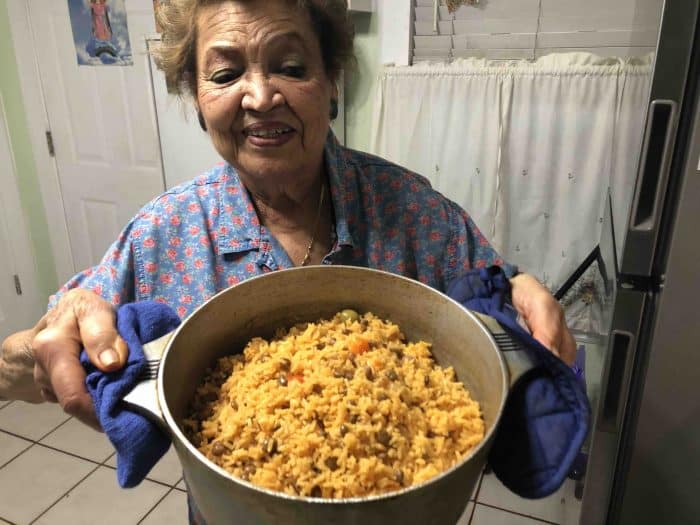
Puerto Rican arroz con gandules is the dish that sealed the deal between Doña Felipa and me. We had chatted a couple times, as neighbors do, across the fence between our houses, after I overheard her speaking Spanish on the phone. As anyone who knows her quickly learns, Doña Felipa Saez loves family, God, cooking and music.
One day—surprise!—she knocked on the door, carrying a huge pot of her arroz con gandules: rice and pigeon peas. This iconic Puerto Rican favorite dish is what families serve at Christmas to accompany the lechón asado or ham Navideño. But Doña Felipa’s version is so legendary, it’s requested year-round. Her church groups ask for it. Her friends beg her to make it, again and again. Every time she sees family, it must be cooked.
She’s not making it very often these days, tristemente. “This pandemic is taking away my life,” Felipa says. “I want to be out there, seeing people, going to the hospital to see if someone needs a ride home or help. Doing my things.” She shakes her head.
Today, I’m over at her house and we’re doing two of her favorite things: cooking and listening to the top 100 songs of the golden era of Puerto Rico. Su música. The rice water is boiling, and she is about to teach me how she makes her arroz con gandules so extra delicious.
“Now I’m going to tell you el secreto,” Doña Felipa says. When she adds the gandules, she uses the canned liquid the beans come in. Never throw it away: “El agua de los gandules no se tira.” Use it in your total 3 cups of liquid for the rice: it gives the dish that extra zing of salty deliciousness that makes her arroz con gandules so popular. “Queda sabroso,” she says.
Another Doña Felipa tip: Remember her sofrito, how she doesn’t use tomatoes? Dona Felipa again shows her do-things-her-own-way spirit in her choice of rice. She only uses long-grain, unlike most Puerto Rican cooks. Felipa likes her arroz on the dry side, to avoid the mush factor, she says. “Largo es mucho mejor.”
She dips a big kitchen spoon into the pot, and gives us each a burning-hot sample of rice to taste. Does it need salt? No, it does not. She nods, satisfied. “Que bueno salió.”
Yes it did: it’s salty, hearty, chewy. Está perfecto.
Arroz con gandules is the perfectly delicious, festive dish for family holidays—or to lift spirits on a down day during these times of pandemic.
Doña Felipa’s Puerto Rican Arroz con Gandules

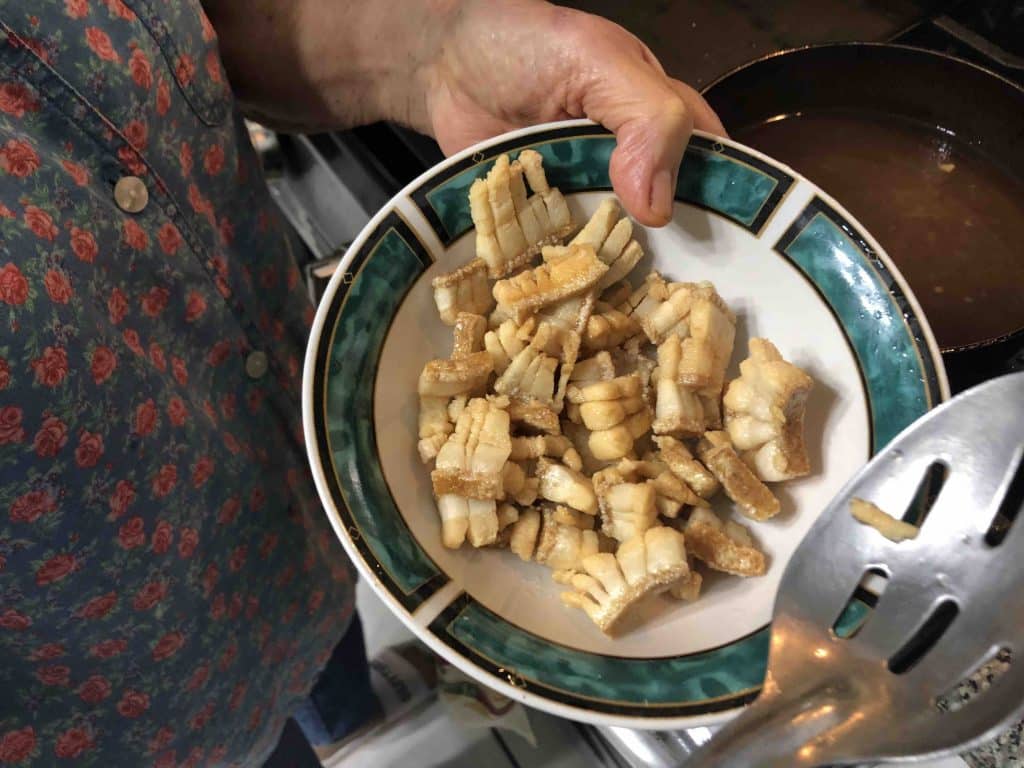
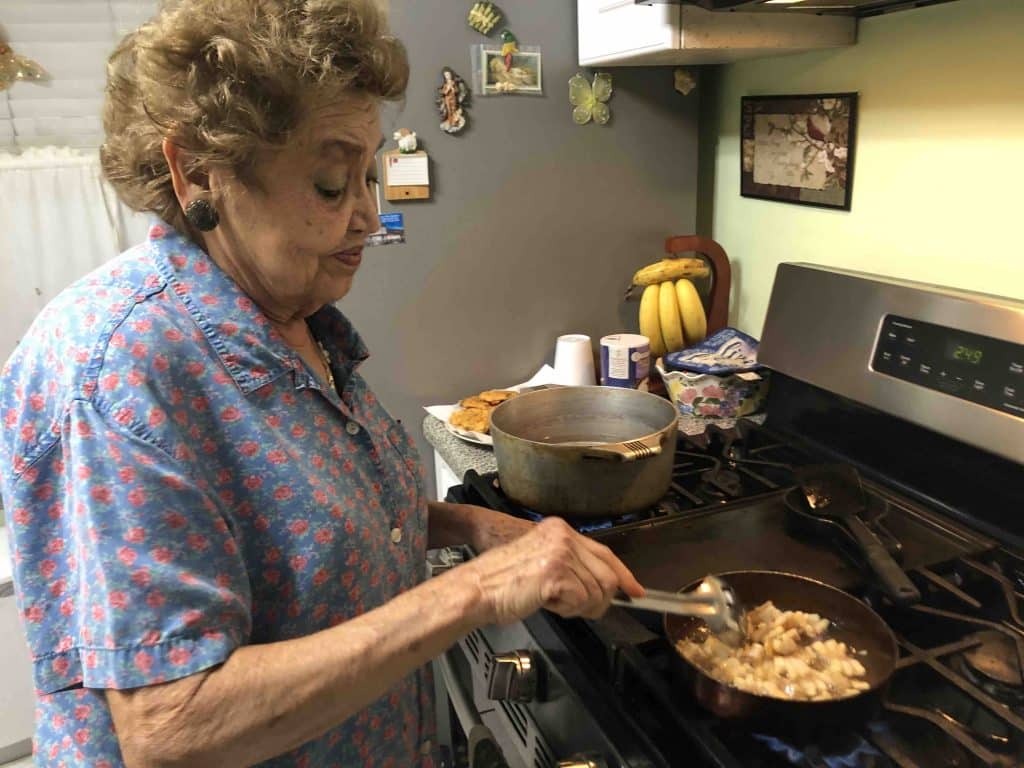

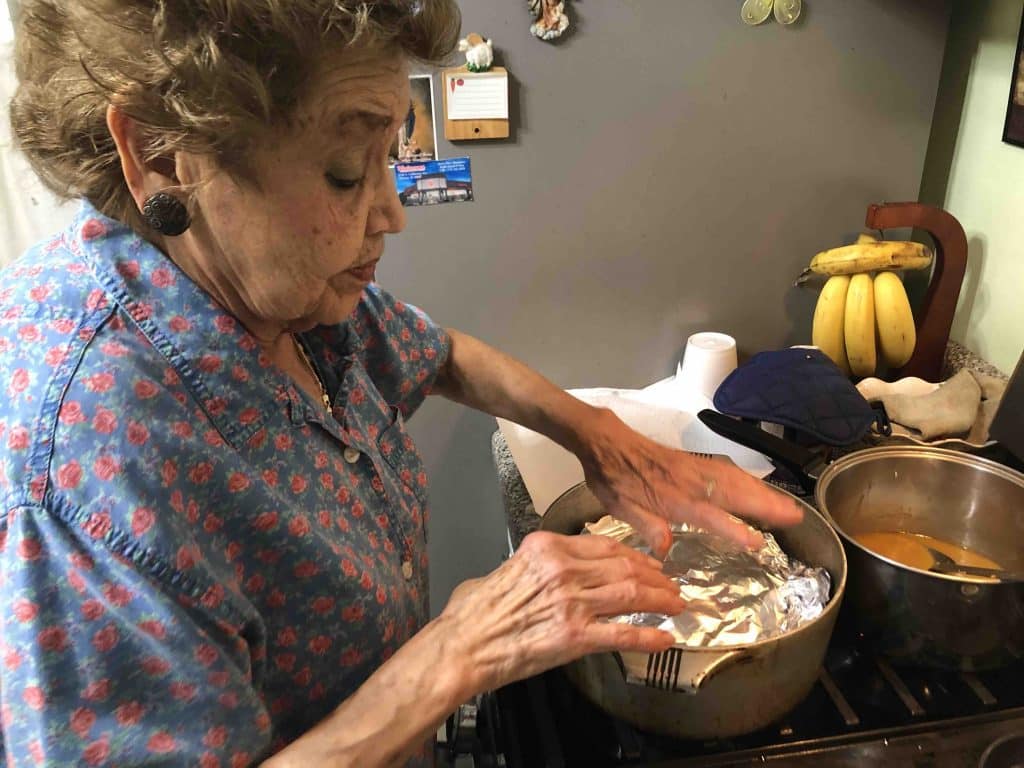
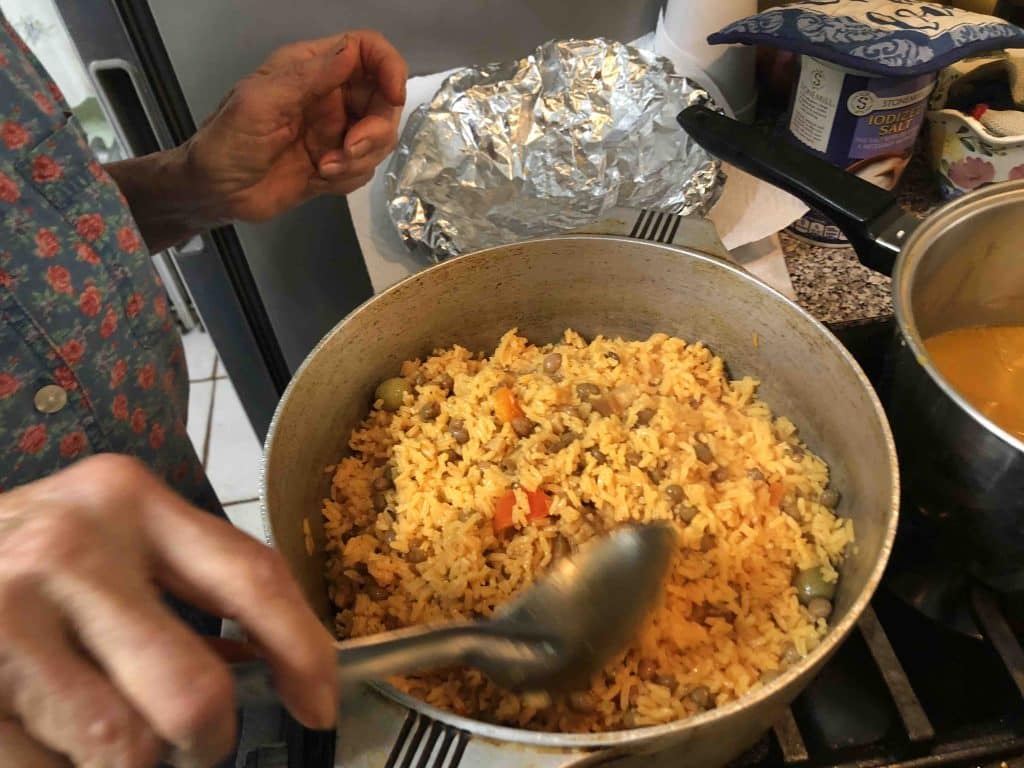
Like This

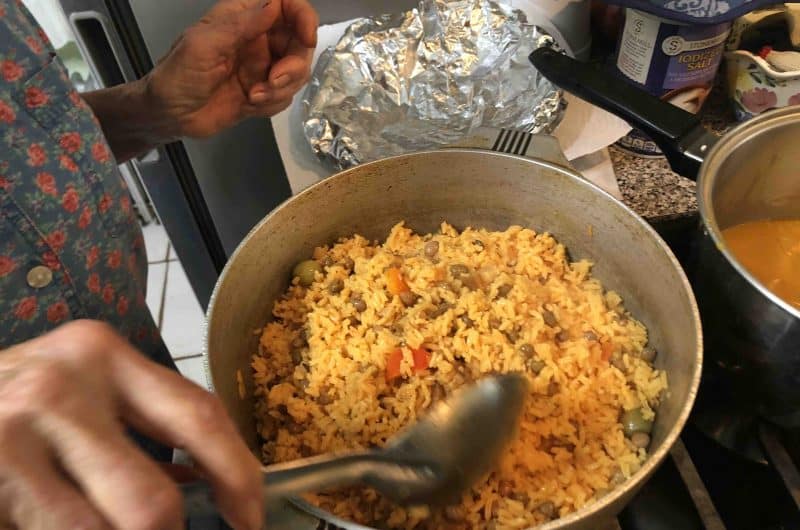






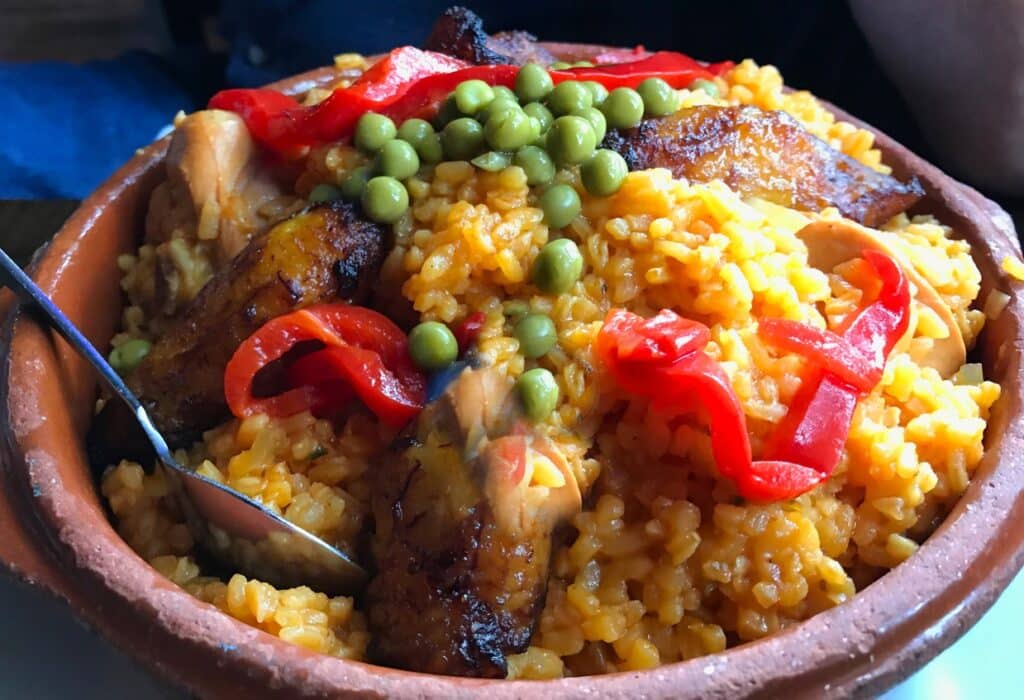
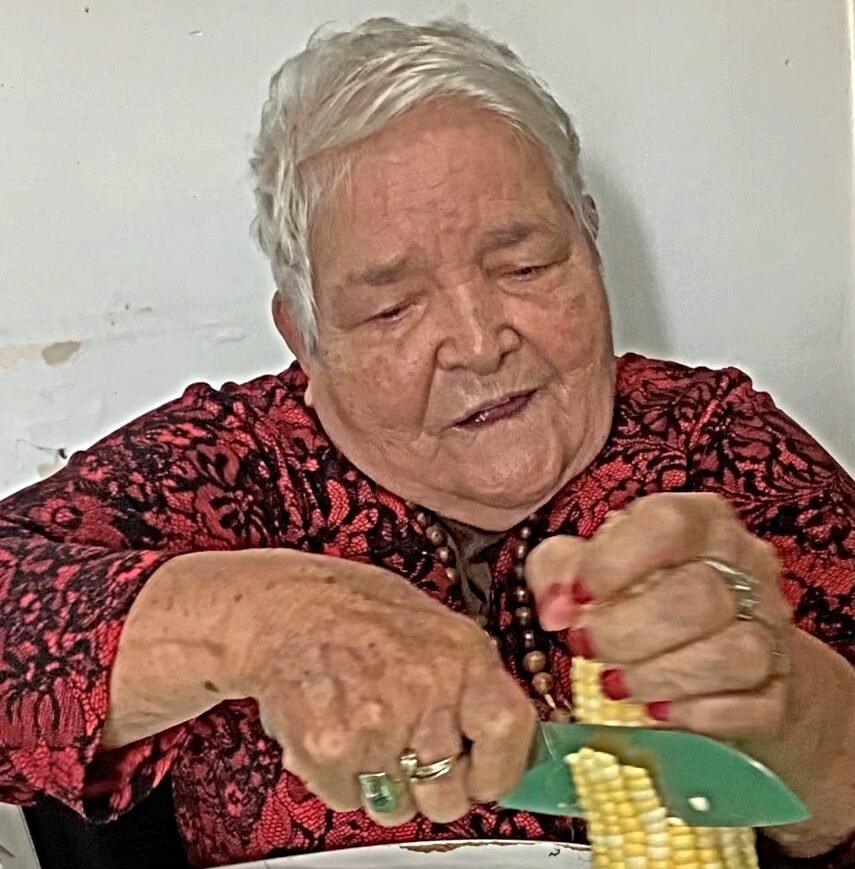
Got a question or suggestion?
Please rate this recipe and leave any tips, substitutions, or Qs you have!
Suggestions and questions from our readers
I did this recipe and the only thing I will not do again is 1/2 cup of oil. It was too oily.